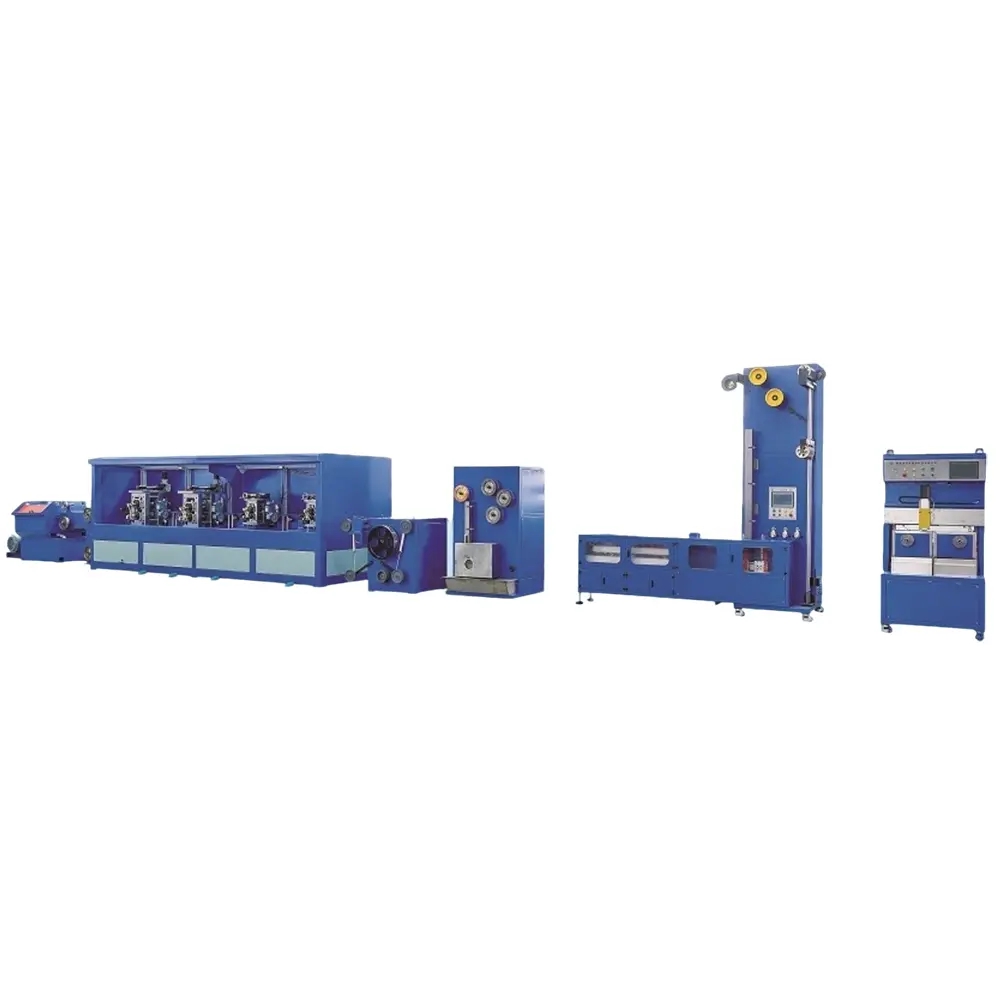- English
- Español
- Português
- русский
- Français
- 日本語
- Deutsch
- tiếng Việt
- Italiano
- Nederlands
- ภาษาไทย
- Polski
- 한국어
- Svenska
- magyar
- Malay
- বাংলা ভাষার
- Dansk
- Suomi
- हिन्दी
- Pilipino
- Türkçe
- Gaeilge
- العربية
- Indonesia
- Norsk
- تمل
- český
- ελληνικά
- український
- Javanese
- فارسی
- தமிழ்
- తెలుగు
- नेपाली
- Burmese
- български
- ລາວ
- Latine
- Қазақша
- Euskal
- Azərbaycan
- Slovenský jazyk
- Македонски
- Lietuvos
- Eesti Keel
- Română
- Slovenski
- मराठी
- Srpski језик
- Esperanto
- Afrikaans
- Català
- שפה עברית
- Cymraeg
- Galego
- Latviešu
- icelandic
- ייִדיש
- беларускі
- Hrvatski
- Kreyòl ayisyen
- Shqiptar
- Malti
- lugha ya Kiswahili
- አማርኛ
- Bosanski
- Frysk
- ភាសាខ្មែរ
- ქართული
- ગુજરાતી
- Hausa
- Кыргыз тили
- ಕನ್ನಡ
- Corsa
- Kurdî
- മലയാളം
- Maori
- Монгол хэл
- Hmong
- IsiXhosa
- Zulu
- Yoruba
- অসমীয়া
- ଓଡିଆ
- Punjabi
- پښتو
- Chichewa
- Samoa
- Sesotho
- සිංහල
- Gàidhlig
- Cebuano
- Somali
- Тоҷикӣ
- O'zbek
- Hawaiian
- سنڌي
- Shinra
- Հայերեն
- Igbo
- Sundanese
- Lëtzebuergesch
- Malagasy
Why do many people choose photovoltaic welding strip rolling mil
2025-10-15
Many people choose photovoltaic welding strip rolling mills because they can accurately produce the specific cross-sectional shape required for photovoltaic welding strips. They are key equipment for "customized welding strip production" in photovoltaic module manufacturing, directly affecting the power generation efficiency and production stability of photovoltaic modules.
This question precisely points out the key equipment requirements in the photovoltaic industry chain, and choosing it is essentially to adapt to the production requirements of high-precision and high consistency welding strips in the photovoltaic industry.
1. Meet the "customized form" requirements of photovoltaic welding strips
Photovoltaic ribbon is not a single specification wire, but requires specific cross-sections (such as flat or semi-circular) to adapt to the welding needs of different photovoltaic cells, which cannot be achieved by ordinary wire drawing equipment.
The photovoltaic welding strip rolling mill can roll metal wires into welding strips with precise thickness, width, and cross-sectional shape by adjusting the rolling parameters, such as different flat welding strip specifications suitable for PERC cells or TOPCon cells.
The size tolerance of the solder strip can be controlled at the micrometer level (such as thickness tolerance ± 0.01mm), ensuring perfect fit with the cell grid lines during welding, reducing virtual soldering and over soldering problems, and directly improving the yield rate of photovoltaic modules.

2. Adapt to the "scale and efficiency" production of the photovoltaic industry
The demand for photovoltaic module production capacity is high, and photovoltaic ribbon, as the core auxiliary material, needs to be matched with efficient and continuous production rhythm. The design of photovoltaic ribbon rolling mill fully meets this demand.
The equipment can achieve high-speed continuous rolling, and some models can produce tens of meters per minute, which can meet the daily welding strip consumption of large photovoltaic module factories (usually tens of thousands of meters).
Supporting automation integration, it can be linked with subsequent processes such as tin plating and coiling to form an integrated production line of "rolling forming surface treatment finished product coiling", reducing manual intervention and minimizing production errors.
3. Ensure the "power generation efficiency and reliability" of photovoltaic modules
The quality of the welding strip directly affects the current transmission efficiency and long-term reliability of photovoltaic modules. The photovoltaic welding strip rolling mill controls the welding strip performance from the source through a stable rolling process.
The rolling process can reduce the internal stress of the metal, lower the risk of fracture of the welding strip during welding and component use, and avoid component power attenuation caused by welding strip problems.
Accurate cross-sectional dimensions can ensure uniform contact area between the solder strip and the solar cell, reduce resistance losses during current transmission, and indirectly improve the overall power generation efficiency of photovoltaic modules (usually increasing conversion efficiency by 0.1% -0.3%).
4. Reduce the "production cost" of photovoltaic ribbon
Compared to purchasing finished welding strips or using other forming equipment, building a self built photovoltaic welding strip rolling mill production line can reduce costs in the long run.
Self production can avoid the intermediate circulation cost and brand premium of purchasing welding strips, especially for large component factories, with annual cost savings of up to millions of yuan.
The equipment can flexibly switch the production of different specifications of welding strips, without the need to purchase separately for different orders, shortening the production cycle and reducing inventory pressure.



